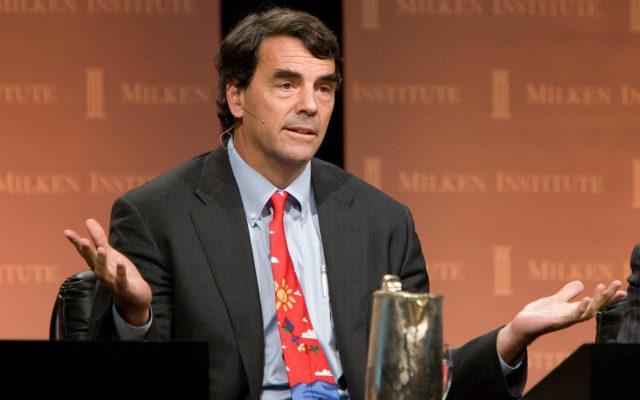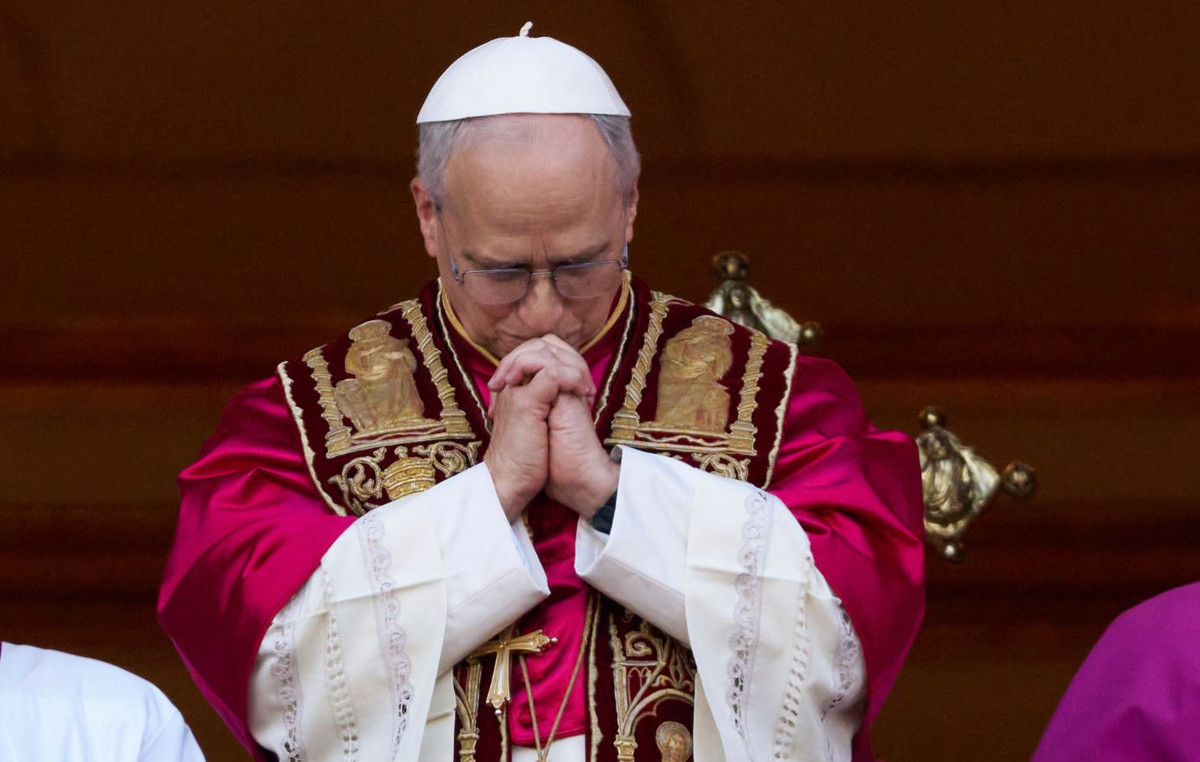The role that offices played in everyday life has been disrupted by the Covid-19 pandemic.
Among US workers able to do their jobs from home, nearly six in 10 now do most or all of the time, according to a Pew Research Center survey published in February. Of those, just 42% cite coronavirus as a top reason, with more than three-quarters saying they simply prefer it.
So, at a time when many are questioning whether offices are necessary, photographer Steven Ahlgren’s archival images of American workplaces are a reminder of a not-too-distant past.
Taken over 11 years, the photos offer a glimpse into corporate life in the 1990s and early 2000s. Ahlgren used “side jobs” he did photographing business networking events to secure invitations to law and accounting firms, government offices and commercial banks.
While there, he captured offices equipped with compact computers, fax machines and cable labyrinths that speak to the technological changes that have taken place over the past two decades. But the photographer’s images are also curiously intimate, with employees seen looking at papers, talking on landlines or attending meetings under fluorescent lights.
“I would tell them, ‘Do what you normally do, and I’ll watch and take some pictures,’” he said via video call from his home in Media, Pennsylvania, adding, “I would just sit and watch.”

After all, Ahlgren could relate to his subjects: before becoming a professional photographer, he had worked as a banker. In particular, he saw something of himself in the image of a young man standing over a copy machine with his hands shoved in his pockets, apparently lost in thought.
“It’s the closest to a self-portrait I’ve ever taken,” Ahlgren said. “I think I was exactly like that when I worked at the bank.”
“I was bitter about the years I spent in the banking industry and felt like it was wasted time,” he added. “So when I started (the project) I thought, ‘Here are people wasting their lives, just like I was.’ But then I started to really sympathize with them. They might love your work.”
Indeed, seen through today’s lens, the ostensibly monotonous scenes offer a compelling argument for the death of offices as we knew them. Seas of white walls and closets are rarely interrupted by flashes of color, whether from fun ties, cubicle decorations, or framed artwork.
But for many people, the images will provoke a sense of nostalgia. Furthermore, hidden in the beige are representations of success and accomplishment. Ahlgren used as an example an image of two stern-faced women seated beneath nearly a dozen portraits of men on a commercial bench — among the dated interiors of the conference room is, according to the photographer, a story of women who have succeeded in what they do. he called corporate America’s “old boys’ network.”
“It’s what you, the viewer, get out of it,” he said of his series. “Because you’re bringing him memories that relate to what you thought about that particular moment.”

creating tension
Ahlgren’s corporate background was not the only source of inspiration. He was also influenced by Edward Hopper’s oil painting “Office at Night”. Depicting a man in a suit behind his desk and a young woman in a closet beside him, the 1940s work invites viewers to speculate on the possible relationship between the two.
In the 1980s, Ahlgren — then increasingly bored with his job as a banker in Minneapolis, Minnesota — made regular trips to the Walker Art Center, where the painting is usually based.
“It hit me, and I kept coming back,” he said of Hopper’s art. “What I took away from that was the idea that you could take a very simple, ordinary everyday situation — and it’s hard to think of anything more like that than an ordinary office — and make it dramatic. To fill the narrative tension in some way.”
The use of Hopper-like lighting used by Ahlgren, which highlights solitary subjects and casts evocative geometric shadows, was not entirely planned: the photographer never brought his own lights, so clinical lighting was always “whatever was there” in the room. office. But the painter’s influence is also clear in the silent intensity and poetic ambiguity of the shots, with staff often captured alone or interacting with unseen figures and obscured faces.
Ahlgren’s new book, “The Office”, which brings together more than 60 paintings, opens with an image of the American painter’s work. “I got a lot more excited thinking about Hopper’s picture of this office than any work I had to do in mine,” he wrote in the accompanying introduction.

However, Ahlgren has fond memories of his old office in Minneapolis — a “beautiful space” filled with paintings acquired by his former company’s art director, he recalled. And while the pandemic presented an ideal time to revisit the series, criticizing corporate life “was never the intention of the photos”.
He’s also not convinced that the “whole office dilemma” caused by the pandemic spells the end of physical workplaces.
“I know it would be hard to work from home,” Ahlgren said. “I saw my daughters, who are in college, and my wife working from home. It would drive me crazy.”
Source: CNN Brasil
I’m Susan Karen, a professional writer and editor at World Stock Market. I specialize in Entertainment news, writing stories that keep readers informed on all the latest developments in the industry. With over five years of experience in creating engaging content and copywriting for various media outlets, I have grown to become an invaluable asset to any team.







